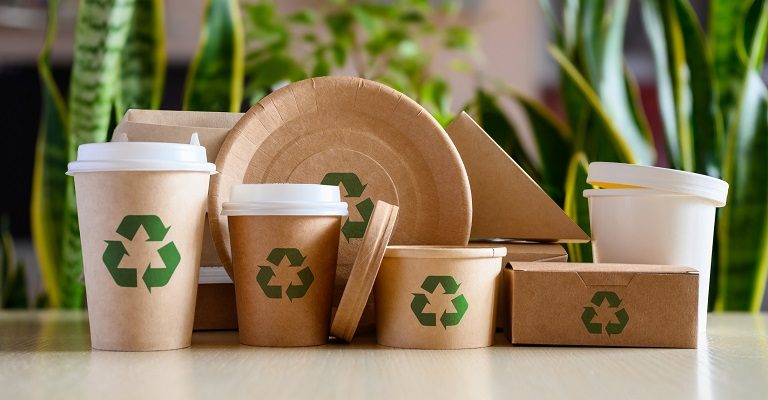
In today’s world, where environmental concerns are at the forefront, businesses are increasingly adopting eco-friendly practices, including the use of sustainable packaging. However, one question that often arises is, “How much does eco-friendly packaging cost?” In this blog post, we will delve into the true cost of eco-friendly packaging, exploring its various aspects and shedding light on the financial implications for businesses.
- Understanding Eco-Friendly Packaging:
Eco-friendly packaging refers to materials and designs that minimize environmental impact throughout their lifecycle. It encompasses a range of options, such as biodegradable, compostable, recyclable, and reusable packaging. While these alternatives offer numerous environmental benefits, they often come at a higher price compared to traditional packaging materials. - Factors Influencing the Cost:
Several factors contribute to the cost of eco-friendly packaging:
a. Material Selection: The choice of sustainable materials, such as recycled paper, plant-based plastics, or biodegradable polymers, can significantly impact the cost. These materials often require specialized manufacturing processes, which can drive up the overall expenses.
b. Production Volume: The scale of production plays a crucial role in determining the cost. Larger production runs generally result in lower unit costs, making eco-friendly packaging more affordable for businesses.
c. Design Complexity: Intricate packaging designs, such as custom shapes or innovative closures, may require additional resources and expertise, leading to higher costs.
d. Certification and Compliance: Meeting specific eco-certifications and regulatory requirements can add to the overall cost. However, these certifications also enhance the credibility and marketability of eco-friendly packaging.
- Cost-Benefit Analysis:
While eco-friendly packaging may have a higher upfront cost, it is essential to consider the long-term benefits and potential cost savings:
a. Brand Reputation: Embracing sustainable practices can enhance a brand’s reputation and attract environmentally conscious consumers, leading to increased customer loyalty and market share.
b. Waste Management: Eco-friendly packaging reduces waste generation and helps businesses comply with waste management regulations, potentially avoiding penalties or fines.
c. Resource Efficiency: Sustainable packaging often requires fewer resources, such as water and energy, during production, leading to cost savings in the long run.
d. Consumer Perception: Studies show that consumers are willing to pay a premium for products packaged sustainably, which can offset the higher packaging costs.
- Strategies for Cost Optimization:
To mitigate the financial impact of eco-friendly packaging, businesses can consider the following strategies:
a. Supplier Collaboration: Collaborating closely with packaging suppliers can help negotiate better pricing and explore cost-effective alternatives.
b. Packaging Redesign: Streamlining packaging designs and optimizing material usage can reduce costs without compromising sustainability goals.
c. Bulk Purchasing: Consolidating packaging orders and purchasing in larger quantities can lead to volume discounts and lower unit costs.
d. Research and Innovation: Investing in research and development can drive advancements in sustainable packaging technologies, making them more affordable in the future.
Conclusion:
Eco-friendly packaging undoubtedly comes at a higher cost compared to traditional alternatives. However, the long-term benefits, including enhanced brand reputation, cost savings, and consumer preference, make it a worthwhile investment for businesses committed to sustainability. By understanding the factors influencing the cost and implementing cost optimization strategies, companies can strike a balance between environmental responsibility and financial viability.

